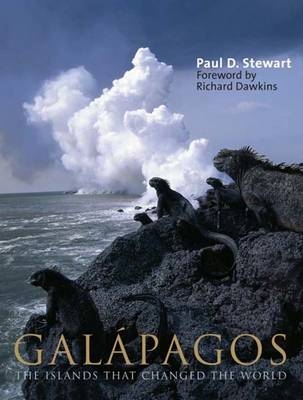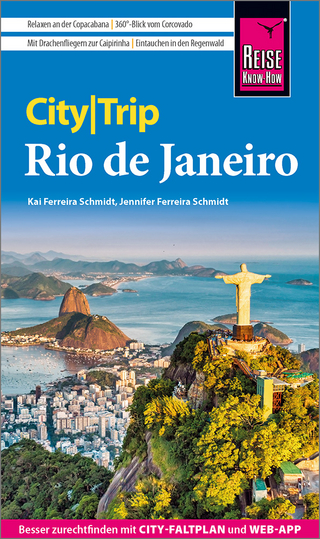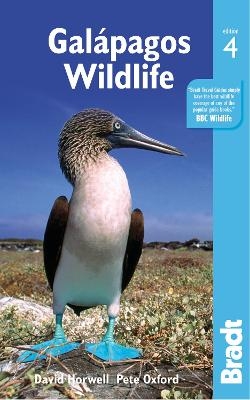
Galápagos
The Islands That Changed the World
Seiten
2007
|
2
Yale University Press (Verlag)
978-0-300-12230-5 (ISBN)
Yale University Press (Verlag)
978-0-300-12230-5 (ISBN)
- Keine Verlagsinformationen verfügbar
- Artikel merken
Rocky, fragile, beautiful, strange—the Galápagos archipelago is unlike any other place on earth. Its geology, its unique flora and fauna, and its striking role in human history intersect in surprising and dynamic ways. This book is the most wide-ranging and beautifully illustrated book available on the famous islands. Not since Darwin’s Naturalist’s Voyage has a book combined so much scientific and historic information with firsthand accounts that bring the Galápagos to life.
Galápagos: The Islands That Changed the World describes how tragedy and murderous pirates curtailed settlement of the islands and how the islands’ pristine nature, spectacular geology, and defining isolation inspired Darwin’s ideas about evolution. The book explores the diverse land and marine habitats that shelter Galápagos species and considers the islands’ importance today as a frontier for science and a refuge for true wilderness.
The book’s extensive gazetteer provides details about endemic plants and animals as well as travel advice about visitors’ sites, diving, photography, when to go, and what to take. Vividly illustrated throughout, this guide is an indispensable reference for natural history enthusiasts, armchair travelers, and island visitors alike.
Galápagos: The Islands That Changed the World describes how tragedy and murderous pirates curtailed settlement of the islands and how the islands’ pristine nature, spectacular geology, and defining isolation inspired Darwin’s ideas about evolution. The book explores the diverse land and marine habitats that shelter Galápagos species and considers the islands’ importance today as a frontier for science and a refuge for true wilderness.
The book’s extensive gazetteer provides details about endemic plants and animals as well as travel advice about visitors’ sites, diving, photography, when to go, and what to take. Vividly illustrated throughout, this guide is an indispensable reference for natural history enthusiasts, armchair travelers, and island visitors alike.
Paul D. Stewart has published extensively in leading science and conservation journals. He has produced and filmed many award-winning documentaries for the BBC’s Natural History Unit. Godfrey Merlen, a thirty-year resident of the Galápagos, works with the National Park Service and is director of the Wildaid Foundation. Patrick Morris is an award-winning wildlife documentary maker and the series producer of Galápagos. Andrew Murray is producer of the second episode of the Galápagos series and works with the BBC’s Natural History Unit. Joe Stevens works for the BBC’s Natural History Unit. Richard Wollocombe, one of the first dive guides in the Galápagos, is a naturalist guide and filmmaker in South America.
| Erscheint lt. Verlag | 28.2.2007 |
|---|---|
| Zusatzinfo | 152 color, 2 b-w |
| Sprache | englisch |
| Maße | 187 x 246 mm |
| Gewicht | 794 g |
| Themenwelt | Reisen ► Reiseführer ► Südamerika |
| Naturwissenschaften ► Biologie ► Evolution | |
| Naturwissenschaften ► Biologie ► Ökologie / Naturschutz | |
| ISBN-10 | 0-300-12230-6 / 0300122306 |
| ISBN-13 | 978-0-300-12230-5 / 9780300122305 |
| Zustand | Neuware |
| Haben Sie eine Frage zum Produkt? |
Mehr entdecken
aus dem Bereich
aus dem Bereich
Reiseführer mit Stadtplan und kostenloser Web-App
Buch | Softcover (2024)
Reise Know-How (Verlag)
CHF 22,30


